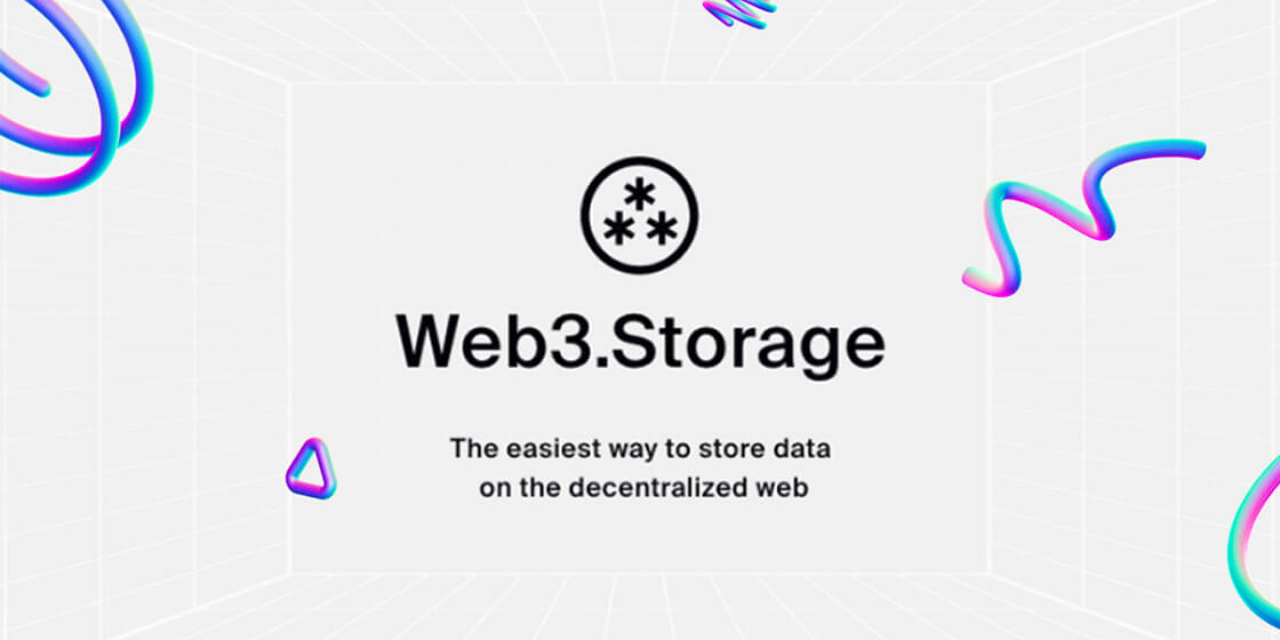In the ever-evolving world of web3 technologies, storing data securely and efficiently remains a crucial challenge. Web3.storage emerges as a user-friendly API that simplifies access to decentralized storage solutions powered by Filecoin and IPFS. This article delves into the functionalities and benefits of web3.storage, empowering you to leverage the potential of decentralized data storage.
At the Core: Decentralization
Web3.storage breaks away from traditional, centralized cloud storage providers. It leverages the power of two key technologies:
- Filecoin: A decentralized storage network where users pay to store data on a network of independent storage providers. This distributed approach ensures data redundancy and censorship resistance.
- IPFS (InterPlanetary File System): A peer-to-peer hypermedia protocol that addresses files using content hashes instead of locations. This ensures data retrievability regardless of its physical location on the network.
Web3.storage API: Streamlining the Process
While Filecoin and IPFS offer robust functionalities, interacting with them directly can be complex. Web3.storage bridges this gap by providing a straightforward API. Here’s what it offers:
- Effortless Uploads: Upload your data (files or directories) using the API. Web3.storage handles the complexities of pinning data to the Filecoin network and storing it on IPFS.
- Content Addressing: Forget traditional file paths. Web3.storage assigns a unique content address (CID) to your data. This CID acts as a permanent identifier, ensuring retrievability even if the underlying storage location changes.
- Flexible Storage Options: Choose between pinning your data permanently or for a specific duration. Permanent pinning ensures long-term availability, while temporary pinning offers a cost-effective option for transient data.
- Seamless Integration: The web3.storage API offers various client libraries for popular programming languages, allowing developers to effortlessly integrate decentralized storage into their web3 applications.
Beyond Uploads: Additional Features
Web3.storage goes beyond simple uploads. Here are some additional features that enhance its functionality:
- Data Retrieval: Retrieve your stored data using the provided CID. Web3.storage facilitates retrieval from the IPFS network.
- Data Management: List, update, or delete your stored data through the API, offering control over your decentralized storage resources.
- IPFS Gateways: Access your data through IPFS gateways, which act as intermediary servers for retrieving data from the IPFS network.
Benefits of Using web3.storage API:
- Decentralization and Censorship Resistance: By leveraging Filecoin and IPFS, web3.storage empowers users to store data on a distributed network, mitigating the risk of censorship or data loss due to centralized control.
- Cost-Effectiveness: Filecoin offers a competitive storage market, potentially leading to lower storage costs compared to traditional cloud providers.
- Security and Reliability: The distributed nature of Filecoin and the cryptographic guarantees of IPFS enhance the security and resilience of your stored data.
- Ease of Use: The web3.storage API abstracts away the complexities of Filecoin and IPFS, making it accessible even for users with limited experience in decentralized technologies.
A Look Ahead: The Future of Decentralized Storage
Web3.storage API positions itself as a valuable tool for developers and individuals seeking a user-friendly entry point into decentralized storage. By simplifying access to Filecoin and IPFS, web3.storage empowers users to:
- Store data securely and reliably
- Benefit from the cost-effectiveness of decentralized storage
- Contribute to a more censorship-resistant internet
With its focus on ease of use and powerful functionalities, web3.storage is poised to play a significant role in shaping the future of decentralized data storage and the broader web3 ecosystem.
Here’s a JavaScript example using the web3.storage API to upload a file and retrieve its content address:
1. Install the web3.storage client library:
npm install @web3-storage/web3-storage-javascript
2. Import the library and create a client instance:
import { Web3Storage, File } from '@web3-storage/web3-storage-javascript';
const client = new Web3Storage({ token: 'YOUR_WEB3STORAGE_TOKEN' }); // Replace with your token
3. Upload a file:
const file = new File(["This is the content of my file"], "my-file.txt");
const cid = await client.put(file);
console.log("File uploaded:", cid);
4. Retrieve the file:
const retrievedFile = await client.get(cid);
const fileContents = await retrievedFile.text();
console.log("Retrieved file contents:", fileContents);
General considerations for other programming languages:
- Authentication: Most languages’ web3.storage client libraries require an API token for authentication. Obtain your token from the web3.storage dashboard.
- Error handling: Incorporate error handling to catch potential exceptions during API calls.
- Response parsing: Parse the responses from the API to extract relevant information, such as content addresses or file contents.
Remember to consult the official web3.storage documentation for comprehensive examples and references for your specific language: https://github.com/web3-storage/web3.storage


